NASA is readying to send humans back to the moon
Fifty years after Apollo astronauts left the moon, efforts to return are finally underway
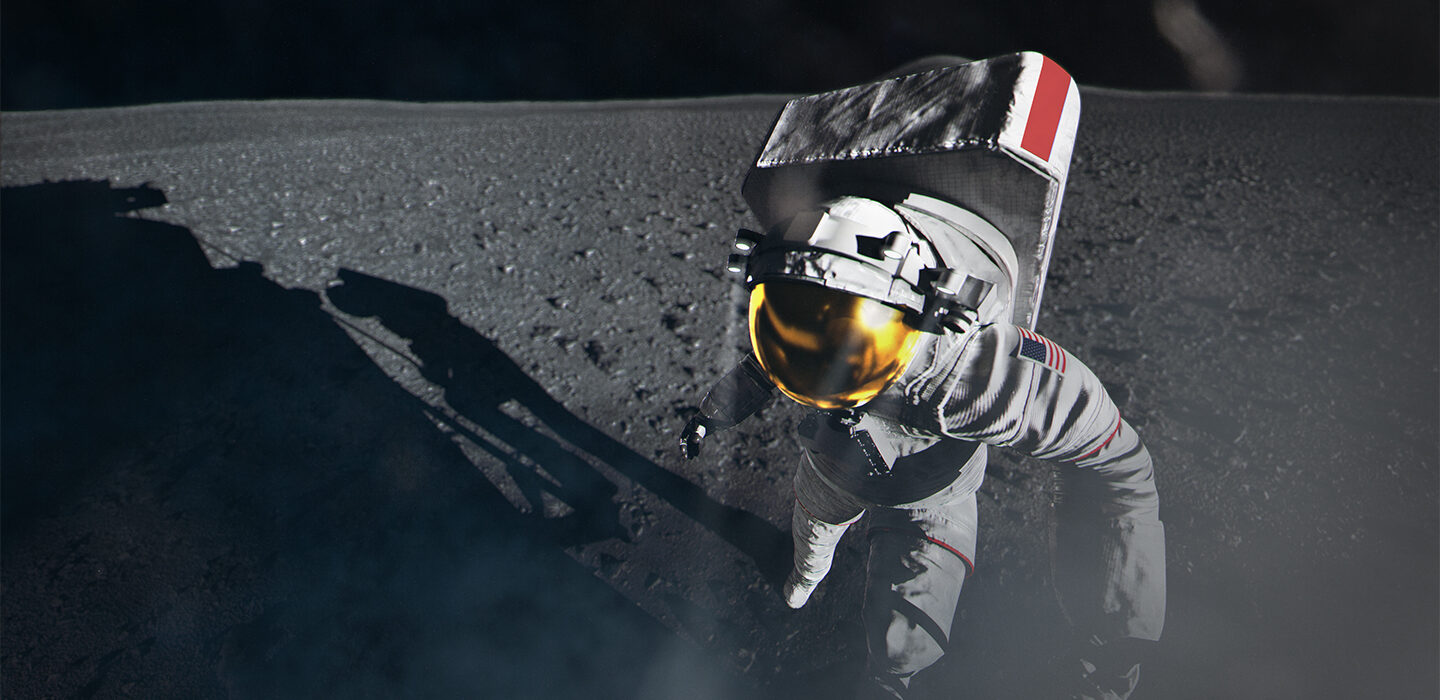
With NASA's recent Artemis I launch, the countdown begins for getting humans back on the moon for the first time in 50 years (illustrated).
NASA
By Liz Kruesi
On December 14, 1972, three NASA astronauts left the moon. Two had just completed their three-day stay there for NASA’s Apollo 17 mission. During that time, astronauts Eugene Cernan and Harrison Schmitt strolled across the lunar surface. Meanwhile, astronaut Ronald Evans kept control of the command module in lunar orbit. When the trio returned to Earth, they became the last humans to visit the moon.
Now, 50 years later, astronauts are getting ready to go back. But this time will be different.
On November 16, NASA launched its Artemis I mission. The agency’s new Space Launch System rocket roared and crackled as it lifted off the Florida coast on its maiden voyage. The rocket pushed its Orion capsule toward the moon. No one was on board. But the mission tested new technologies — ones that eventually will bring astronauts back to the moon. Those astronauts will include the first woman to step on the lunar surface.
“It was just a spectacular launch,” Jose Hurtado says of Artemis. He’s a geologist at the University of Texas at El Paso. There he works with NASA on mission simulations and programs to train astronauts in geology.
“It really hits home to me what I love about space exploration, especially human exploration,” Hurtado says. He found it an “inspirational spectacle. He hopes “that everybody that was watching it got some of that inspiration.”
The United States and China are now leading the way to return humans to the moon. Both countries’ programs are huge and complex. But they could have big payoffs. Each aims to boost scientific understanding of the moon and early Earth. These moon missions could also help develop new tech for use on Earth as well as in space exploration.
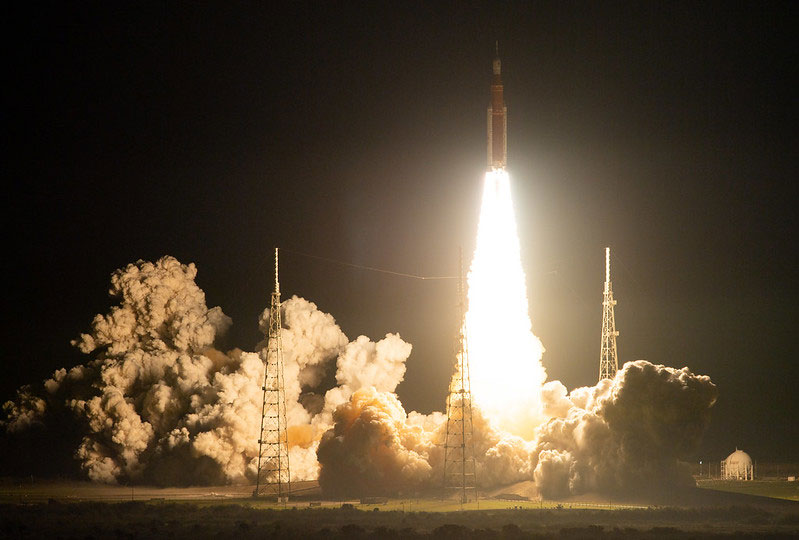
Better than rovers
NASA’s Apollo program took place in the 1960s and early 1970s. Its crewed missions to the moon ran from 1968 to 1972. In July 1969, the Apollo 11 mission landed the first astronauts on the moon. Over the next few years, five more flights brought 10 more American men to the dusty gray terrain of our planet’s sidekick. NASA launched this series of spaceflights in response to President John F. Kennedy’s 1961 challenge to put a man on the moon.
Kennedy wasn’t just keen on space exploration for its own sake. Apollo was “a technological program to serve political ends,” says Teasel Muir-Harmony. She’s a space historian who oversees the Apollo Spacecraft Collection. It’s held at the Smithsonian National Air and Space Museum in Washington, D.C.
Apollo was rooted in political conflict between the United States and the Soviet Union during 1960s. The program “was about winning the hearts and minds of the world public,” Muir-Harmony says. “It was a demonstration of world leadership [and] of the strength of democracy.”
In the decades since Apollo ended, some two dozen spacecraft without humans have visited the moon. These space robots have been sent by various countries. Some have orbited the moon. Others slammed into the lunar surface so researchers could study the material in the resulting debris. Others have even landed and brought lunar samples back to Earth.
These spacecraft made some big strides in lunar exploration. But humans could do better, Hurtado says. “Nothing can replace the value of having a human brain and human eyes there on the scene.”
More to see
The Apollo missions ran over 3.5 years. In that time, a dozen astronauts spent a total of 80.5 hours exploring terrain near the moon’s equator. “They explored only the tiniest fraction of the moon,” says David Kring. He’s a planetary scientist at the Lunar and Planetary Institute in Houston. Artemis crews will be checking out a new area: the lunar south pole.
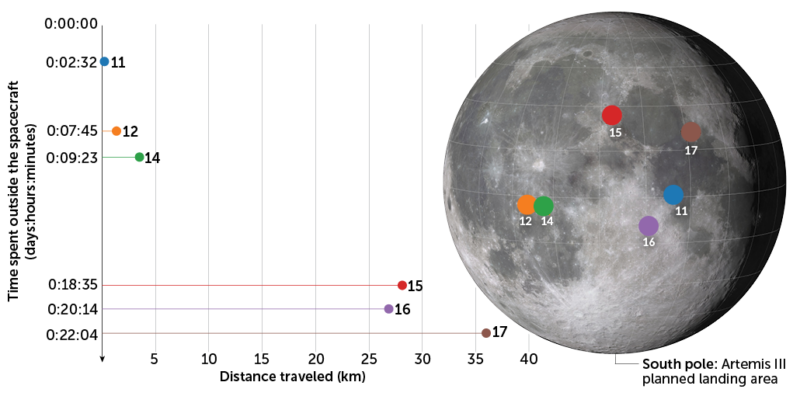
One moment during Apollo 17 proves his point. That mission included Harrison Schmitt, the only geologist to visit the moon. He noticed a patch of lunar soil with a particular rusty hue. He walked over, took in the surroundings and realized it was evidence of a volcanic eruption. He and Eugene Cernan scooped up some of this orange soil for scientists to study back on Earth. Those analyses revealed that the orange glass blobs in the soil did in fact form during a “fire fountain” explosion. It would have taken place some 3.7 billion years ago.
That discovery supported the idea that the young moon must have hosted volcanoes. And a closer look at the orange soil’s chemical makeup hinted that the moon formed around the same time as Earth. Scientists wouldn’t have had access to the orange soil if it wasn’t for Schmitt’s quick grasp that what he saw was important. “Probably the ultimate field tool is the well-trained human,” Hurtado says.
A long-awaited lunar return
Once Apollo ended, NASA shifted its focus to space stations as preparation for longer human spaceflights. America’s first space station, Skylab, launched in May 1973. It hosted four crews of astronauts that year and the next. But Skylab was meant to be only a temporary station. Within a few years, it broke apart in the atmosphere.
The International Space Station, or ISS, came next. And this larger project is still flying. NASA collaborated on it with other countries. It sits in low-Earth orbit about 400 kilometers (250 miles) above the ground. It’s been hosting astronauts since 2000.
U.S. leaders have sometimes tried to shift NASA’s gaze from low-Earth orbit to a more distant frontier. Many presidents have proposed different exploration goals. But in 2019, NASA set a new plan. It would land humans on the moon’s south pole in 2024. Its timeline has since been pushed back. But the overall goal remains the same.
“The first woman and the next man on the moon will both be American astronauts, launched by American rockets from American soil,” said Vice President Mike Pence in 2019. Shortly after, NASA named this effort the Artemis program. (Artemis is Apollo’s twin sister in Greek mythology.)
Artemis isn’t just about going back to the moon, however. This program is part of NASA’s Moon to Mars program. That larger effort aims to send people farther into space than ever before. And astronauts could step back on the lunar surface as early as 2025. NASA and its partners hope this effort will yield new knowledge about exploring space. That knowledge could guide missions far beyond the moon, including sending astronauts to the Red Planet.
“The goal with Artemis is to build off everything we’ve done to this point and really start to establish a presence for humanity beyond low-Earth orbit,” says Jacob Bleacher. A planetary geologist, he works at NASA’s Human Exploration and Operations Mission Directorate. It’s in Washington, D.C.
Outlook for Artemis
The first big test for NASA’s Moon to Mars program was of its rocket, the Space Launch System, or SLS. NASA needed to know that this rocket could launch a crew capsule beyond low-Earth orbit. That was one goal of Artemis I. In this uncrewed mission, the SLS rocket sent the Orion capsule on a roughly month-long trip beyond the moon and then back. The capsule splashed down in the Pacific Ocean off the coast of Mexico on December 11, marking a successful end to the mission.
One more test flight, Artemis II, will follow a similar path. That mission will have astronauts on board. It’s expected to launch no earlier than 2024. Artemis III is slated for 2025. That voyage is expected to return boots to the moon and make history by landing the first woman on the lunar surface.
On that flight, the SLS rocket will launch the Orion crew capsule toward the moon. When it arrives at lunar orbit, it will dock with a human landing system. That landing system is being developed by the company SpaceX. Two astronauts will board the SpaceX vehicle. The vehicle will bring them to the moon to stay for 6.5 days. The landing system would also bring the astronauts back to Orion in lunar orbit. Orion would then return them to Earth.
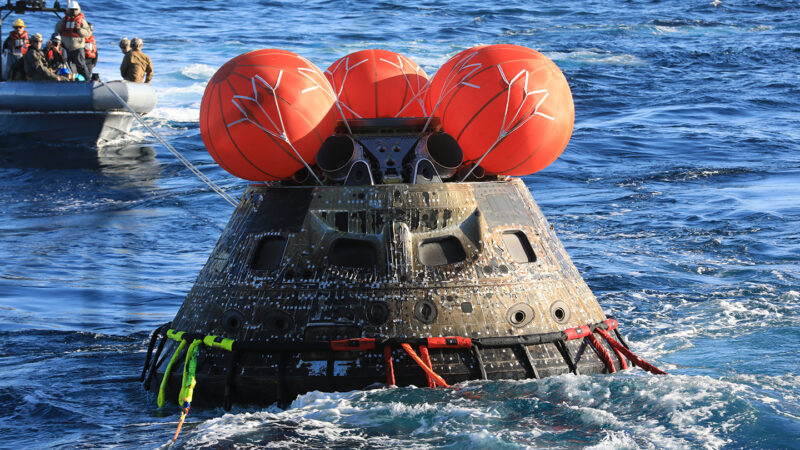
If all goes well, NASA plans to run Artemis missions roughly once a year. “We hope to, through those missions … build up some infrastructure,” Bleacher says. That infrastructure will include hardware for producing and distributing power on the moon. It will also include rovers for astronauts to travel long distances. Eventually, there could be places to live and work on the moon. The aim is to stretch out astronauts’ stays from days to perhaps months.
To help support astronauts on the moon, NASA is leading the creation of a new space station. To be called the Gateway, it will orbit the moon. It may be complete by the 2030s. Like the ISS, it will be a research station to host astronauts from different countries. Private companies and different countries will also help build it. It will also serve as a pit stop for trips to Mars and beyond.
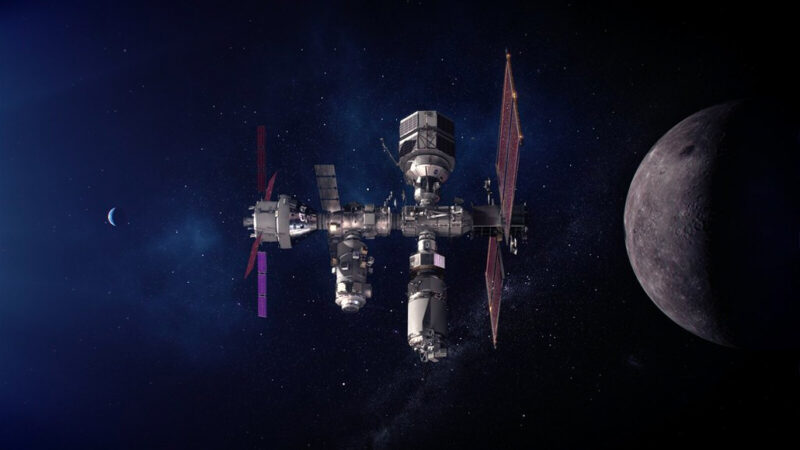
The moon goddess
NASA astronauts likely won’t be the only people exploring the lunar surface. China aims to land its own astronauts at the moon’s south pole within the next decade.
China’s lunar exploration program began in 2004. It’s named Chang’e, after the Chinese goddess of the moon. And it has seen fast progress. Chang’e “is very systematic, very well done,” says James Head. And, he adds, “they’ve been successful every step of the way.” Head is a planetary geologist at Brown University in Providence, R.I.
In 2018, China put a communication satellite in orbit around the moon. A year later, it landed a rover on the lunar farside. That robot has provided the first up-close view of the side of the moon hidden from Earth. In 2020, another Chinese rover brought back samples from the moon’s nearside.
Next up is Chang’e 6. That mission will collect and return material from the moon’s farside. In 2026, China intends to launch a Chang’e mission to the south pole in search of water ice. “There’s no question,” Head says, China “will be sending humans to the moon toward the end of the decade.”
U.S. law currently forbids NASA from working with China’s space agency. But some lunar scientists hope the two nations can one day collaborate. For instance, it might be useful to share returned samples. “There are a lot of different places to go in space,” Head says. “There’s no sense duplicating everything.”
Human space exploration began as a competition between the United States and the Soviet Union. But today, nations typically work together. Astronauts from 20 countries have visited the ISS, where they have lived together for months and worked toward shared goals.
“The International Space Station is a frigging United Nations in orbit in a tin can,” Head says. Private companies also have become increasingly involved in the ISS. And for the Moon to Mars program, international space agencies and companies are working together to design and build crucial parts.
To the south pole
When humans step on the moon again, they’ll visit a never-before-explored locale. That is the moon’s south pole. This region is rich with impact craters that have churned up ancient material. What’s more, it’s crusted with water ice. Both the United States and China are targeting this area. They hope it may hold answers to research questions. It may also hold resources that people would need for long stays on the moon.
For instance, lunar craters are like the words in a book. They tell scientists when rocky material tore through the early solar system. Those rocks slammed into the moon and newborn planets. Weathering has erased similar marks on Earth’s surface. But the moon has no liquid water or thick atmosphere to smooth away the evidence. That means its surface retains a record of meteorite and asteroid impacts over billions of years.
“Because that record is so perfectly preserved on the lunar surface, it is the single best place in the entire solar system to understand the origin and early evolution of planets,” says David Kring. He’s a planetary scientist at the Lunar and Planetary Institute in Houston, Texas.
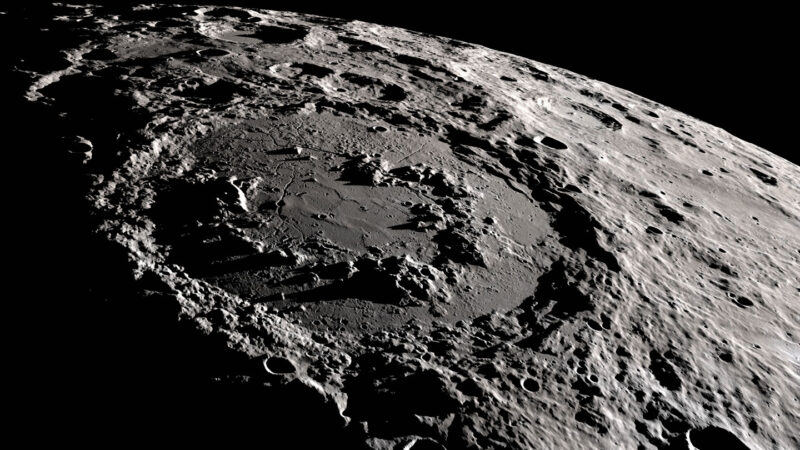
Those are important mysteries. Yet the south pole’s deep craters also hold something perhaps even more thrilling — water ice. There’s a lot to learn from that ice, says Clive Neal. This lunar scientist works at the University of Notre Dame in Indiana. How much ice is there, he wonders. Can it be extracted? And can it be purified for human use? Artemis explorers hope to address those questions. And the answers may enable even longer-term exploration.
That’s the goal of this new era of human lunar exploration. To stay longer — both for science and to learn how humans can have a lasting presence on another world. This work “would extend the bounds of human experience in a way that has never happened before,” Muir-Harmony says.
These next few years of Artemis flights will show what NASA can do. And China’s upcoming missions will show what that nation’s lunar exploration can achieve. The world will be watching both.







